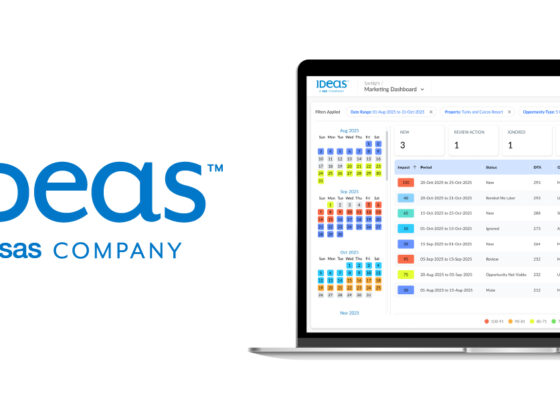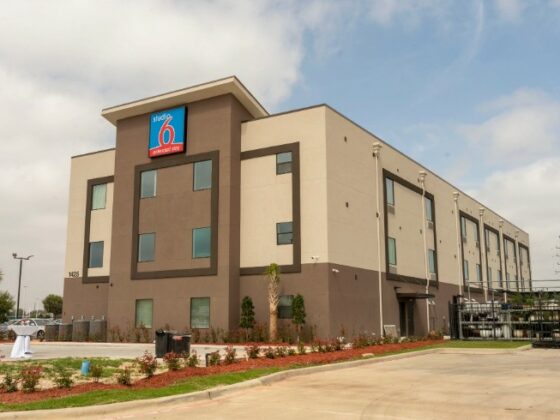
Travel demand is on the rise – Spring Break spending alone jumped nearly 14% year over year. Yet, despite this surge, many hospitality brands are struggling to deliver the seamless, personalized experiences that guests expect across digital and in-person touchpoints.
A core issue? Too often, returning guests go unrecognized unless they’re actively logged in – whether they’re booking online, using a mobile app, interacting with a kiosk, or speaking to a call center agent. This leaves marketing teams operating with incomplete data and IT teams managing siloed systems that can’t support real-time personalization.
Identity: The Overlooked Middle Ground
Most hospitality brands are equipped to serve two types of guests: first-time or anonymous users, and authenticated users who log in. But there’s a crucial third group that often gets ignored – guests who have logged in previously but aren’t logged in during their current session. This group often accounts for the majority of traffic, yet without a way to recognize and connect that history brands miss opportunities to personalize, recover abandoned bookings, or deliver relevant offers.
Solving this requires identity resolution that goes beyond simple login credentials – one that can connect behavior across anonymous, logged-in, and previously logged-in states in a compliant, secure way.

Web and Mobile Data: Still Disconnected
Guests may research or book travel on a desktop, then shift entirely to mobile once they’re en route or on property. But in many organizations, web and mobile interactions live in separate systems, making it difficult to create a unified customer view.
This challenge leads to sprawling, complex data initiatives that stall progress and delay impact. Even when data is centralized, activating it in time to influence real guest interactions remains a major hurdle.
Adding more challenges, hospitality apps aren’t used daily like banking apps. When guests do open them, the window of engagement is short. Brands often have just seconds to detect who the guest is, understand their intent, and respond with something relevant.
This makes real-time insight and decisioning essential. Whether it’s offering help with a delayed flight, suggesting a favorite restaurant, or sending a timely rebooking prompt, the right data needs to be instantly available – and usable.
The IT-Marketing Disconnect
Bridging the gap between IT and marketing has been a challenge in every industry, but in hospitality, the impact is especially pronounced. Marketing teams often set ambitious goals around personalization and customer engagement only to hit roadblocks when they try to coordinate with IT on the fly instead of including them in the strategic planning to ensure feasibility and to build an approach that will actually work.
The result is frustration on both sides. Unrealistic expectations, unclear requirements, and lack of shared planning can derail even the most well-intentioned initiatives.
The most successful organizations take a cross-functional approach – aligning early, validating feasibility, and co-owning outcomes. This helps avoid misfires, reduces internal tension, and ultimately builds better guest experiences.
Start Small, Win Fast
Rather than chasing fully automated, AI-driven personalization from the start, leading hospitality brands are finding success by focusing on simple, high-impact use cases that deliver quick wins and build momentum. These include:
- Sending follow-up emails for abandoned bookings, even when the guest isn’t logged in, by linking behavior to past visits.
- Personalizing homepage content to reflect guest preferences – like favorite restaurants or destinations.
- Tailoring paid ads based on previously viewed properties or packages.
- Serving real-time mobile offers based on location, loyalty status, or timing.
These straightforward tactics don’t require massive tech overhauls, provided you have a strong solution for digital identity, but they can make a measurable impact. Too often, teams get distracted by flashy innovations and overlook the fundamentals. A well-timed, relevant message or personalized recommendation can drive more value than a complex solution no one sees.
In hospitality, consistency beats complexity. Quick execution, proven value, and iterative improvement not only enhance the guest experience – they also build internal support, unlock resources, and lay the foundation for long-term personalization success.
Closing the Gap And Staying Ahead
Creating meaningful guest experiences doesn’t demand a total reinvention of your tech stack. You need smarter alignment between teams, a clear understanding of your data, and the ability to act in real time.
For hospitality leaders, the opportunity is clear: start practical, move fast, and build toward a future where every interaction feels personal – even when it’s not logged in.
About the Author
Bill Bruno is the CEO of Celebrus and has over 20 years of experience in the media, data, and analytics industries. He has a passion for working with brands to solve some of the most complex challenges in the industry today and prefers to simplify these topics into easy to understand, pragmatic strategies.








